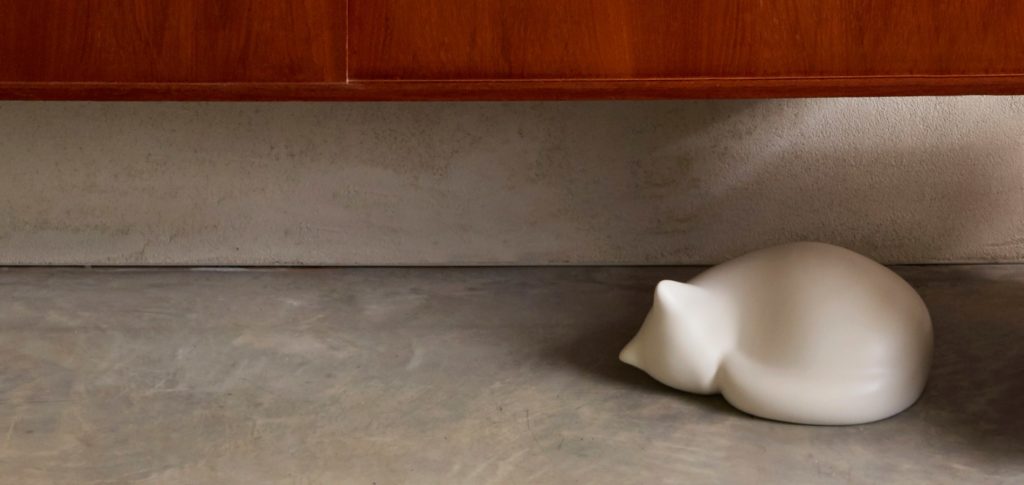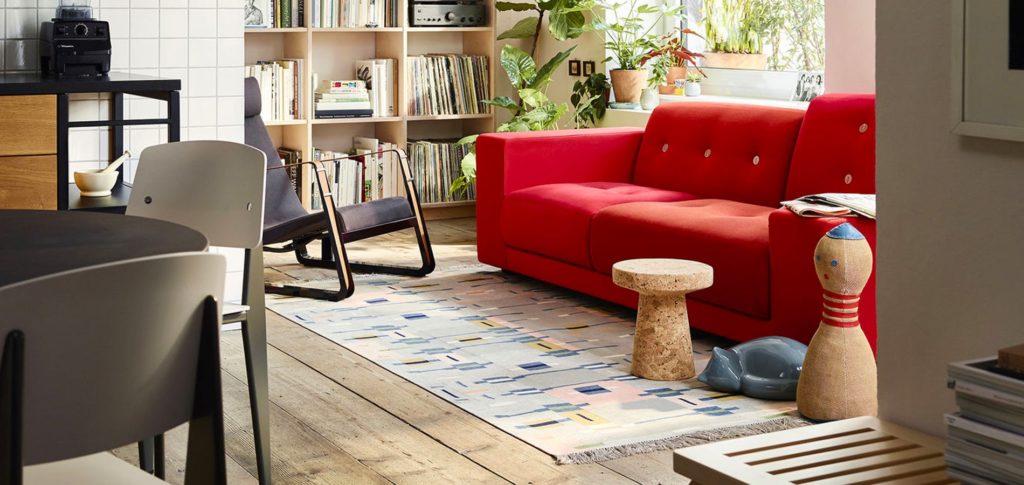So, you’ve invested in a new piece of furniture that you absolutely love, but unfortunately your cat does too. From sofas and armchairs to the dining table, scratching furniture is perfectly natural behaviour in cats. Typically, cats with access to a garden will scratch on outdoor objects like fences or trees. However, plenty of indoor cats and even some outdoor cats will still scratch the sofa or your carpet. Luckily, it can be stopped. We have a bunch of tips and tricks to help stop your cat scratching the furniture. Interested? Then read on…
Why your cat is scratching furniture
Before we begin trying to fix the behaviour, it’s important to understand why cats scratch furniture. There are four popular reasons:
Claw maintenance: A cat’s claw has an outer part called the husk that can sometimes be painful. Scratching a carpet, post or table leg helps to loosen the husk and remove it. Once it’s been removed, the sharper surface of the nail underneath will be revealed, a bit like a snake shedding its skin. The pros call this process stripping.
Muscle building: If your cat’s scratching a lot then it might be to build muscle in their upper body. No, that doesn’t mean they’re a gym bunny, it’s a natural instinct. Cats need strong pectoral muscles and limbs so that they can be the best hunters and stay fit.
Attention seeking: If your cat suddenly starts scratching the carpet, they may be trying to get your attention. They may also be scratching to mark their territory. Believe it or not, scratching leaves a scent to warn other cats to stay off their territory.
Anxiety: One often-forgotten reason for cats scratching is anxiety. This can happen for many reasons. Perhaps you’ve just moved house, had extensive building work done or live in an area with lots of cats. If you suspect your cat is anxious, get in touch with your vet for help finding a behaviour specialist.

How to stop your cat scratching furniture
It’s important to remember that scratching is a natural instinct and necessary for all cats. Punishing your cat for scratching furniture won’t help because it’s a very normal behaviour for them. Unfortunately, they just don’t know what surface is acceptable or unacceptable to scratch. So, it’s important to offer them a different surface to scratch that ticks all of their boxes. The perfect scratching surface will be a much better place to scratch than your sofa or chairs.
Scratching posts are a great alternative, and you can find them in most pet stores and online. Cat posts have a reputation for being a bit of an eyesore, but not anymore. Have a hunt around and you’ll find plenty of cat scratching posts that look stylish. Most tend to be made using sisal, cardboard or wood but the designs vary across the board. There are also many with multiple levels for your cat to play, sleep and scratch. These are normally called cat trees.
If you’re short on space, then a scratching board could be the answer to your prayers. You can attach these space-saving boards to the wall or floor for your cat to scratch. Plus, since they’re often made using sisal or seagrass, then they won’t look horrible in your home.
It’s important to invest in a scratching board or post as soon as possible. Not only will it prevent further damage to your furniture, but the sooner the cat uses it, the more pheromones they’ll leave on it. Together with their scratching marks, these pheromones will encourage your cat to use it more and more. So, time really is of the essence.
How to pick the right scratching board for your cat
Keep these points in mind when looking for a scratching post or board:
Tall or long: Cats like to stretch their bodies as tall and as long as possible when they’re scratching. This means they get the full health benefits of scratching. When choosing a scratching post or mat, make sure it’s long enough for your cat to stretch out on.
Secure: If you have a scratching post that falls over or moves when your cat scratches, that’s where you’re going wrong. A scratching post needs to be rigid and resist the pull of a cat’s sharp claws. To make sure there’s enough tension on your scratching post you may need to affix it to the wall. For scratching boards or mats, try to find a way to secure it to the floor or wall. If that’s not possible, then choose a board that’s long enough for your cat to stand on whilst scratching. Their body weight should keep the mat in place.
Multiple cats: If you have more than one cat then it’s highly recommended that each cat has their own scratching area. That’s partly because of the pheromones cats release when scratching to mark their territory. They should be placed in different parts of the house, so they have their own dedicated scratching space.
Position: Place your scratching board or post strategically. For example, you could place it in the room the cat has been scratching in most. Or, if they like to scratch after a long sleep, position it near their favourite feline slumber spot. You could also place it somewhere they walk through lots, like a hall, doorway or by the staircase.
Board or post: To decide, consider where and what your cat tends to scratch. If they love to scratch horizontally on the carpet, then opt for a scratching board on the floor. If they prefer to scratch vertically on the sofa, doorway or table leg, then invest in a scratching post.

How to get your cat to use their scratching post
Getting your cat to use their new scratching post isn’t always as easy as it may seem. They already have a spot to scratch and they’re perfectly happy there, so you may need to do some convincing. Here are a few ideas:
Don’t force it: Leave your cat to explore their new toy in their own time and circumstances. Since cats are naturally curious, they’ll be more likely to accept it if they find it at their own pace.
Play a game: If your cat isn’t taking to their new scratching post, then try incorporating it into a game. Play with it near the post to encourage their claws to touch the surface. That way they’ll realise it’s the perfect spot to scratch and return when the time is right.
Catnip: Catnip is a sure-fire way to get your cat scratching their post. Simply sprinkle some onto the post or attach bags of it to the top.
Deter them from their old spot: Cleaning their old scratching spots will remove the scent of any pheromones. There are plenty of sprays out there designed to remove these pheromones. However, they can smell pretty bad to humans too, so we tend to avoid them and clean as normal. As an added deterrent, you could place some double-sided tape over the spot. This should feel unpleasant when your cat tries to scratch it and deter it. Remember, it’s important to make sure it isn’t so sticky that it damages your furniture or their claws.
Good luck!
